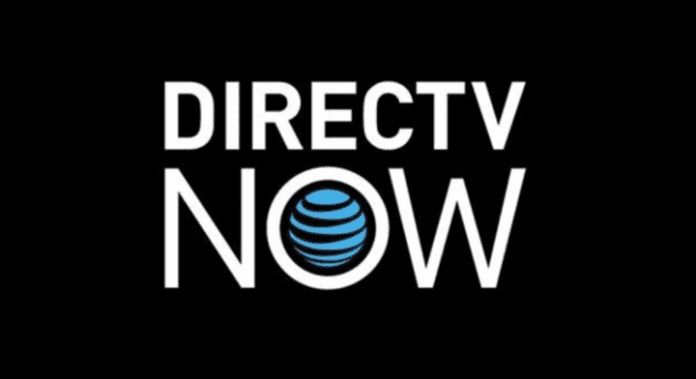AT&T and Nokia said the 5G network trial showed the viability of the 39 GHz band to support low latency, high throughput services.
The “5G” race continues at full boil with AT&T noting a recent trial of next-generation network technology to stream its DirecTV Now service.
The carrier said the trial was conducted with partner Nokia using millimeter wave spectrum in the 39 GHz band and fixed wireless equipment at the AT&T Labs facility in Middletown, New Jersey. Nokia claims the test was the “world’s first by delivering a 39 GHz system based on its commercially available AirScale radio access platform.”
Details on the trial were a bit sparse, though the companies noted the work demonstrated the ability for 5G platforms to support low network latency and high throughput services. AT&T earlier this month said it planned to locate a pair of 5G test beds in Austin, Texas, to support streaming of DirecTV Now content.
“With this trial, we’re doing something that no other operator has done – regionally or globally,” noted Tom Keathley, SVP for wireless network architecture and design at AT&T, in a statement tied to the latest trial. “We expect 39 GHz to be an important 5G band in the United States and we look forward to continuing our collaboration with Nokia to further advance 5G technology in this band. The work coming out of AT&T Labs will provide valuable contributions to future 5G standards, and allow us to pave the way for delivering significantly faster speeds and a better overall network experience for our customers across the U.S.”
AT&T has stated plans to trial 5G services using the 28 GHz and 39 GHz bands, with the former offering better propagation characteristics, while the latter has more available resources. The carrier is set to pick up control of 39 GHz spectrum through its recently announced purchase of FiberTower.
The carrier earlier this year announced plans with Ericsson and Qualcomm to conduct interoperability testing and over-the-air trials based on what they expect to be 5G technical specifications and using millimeter wave spectrum bands. The companies said the tests will tap spectrum in the 28 GHz and 39 GHz bands in an effort to bolster their expectations for the 5G “New Radio” specifications being worked on by the Third Generation Partnership Project as part of the expected LTE Release 15 standard.
Both bands are also included in the Federal Communications Commission’s Spectrum Frontiers proceedings, which has the federal government looking to open up nearly 11 gigahertz of spectrum above the 24 GHz band in support of mobile telecom services. The 28 GHz band has been receiving more attention from operators, with Verizon Communications, Sprint, T-Mobile US, C Spire and U.S. Cellular all announcing use of the band for 5G network trials.
Bored? Why not follow me on Twitter.

